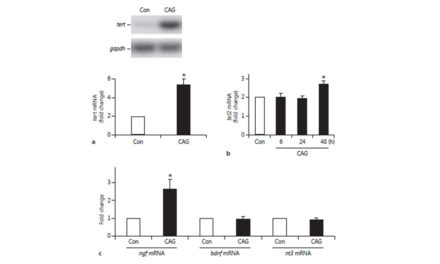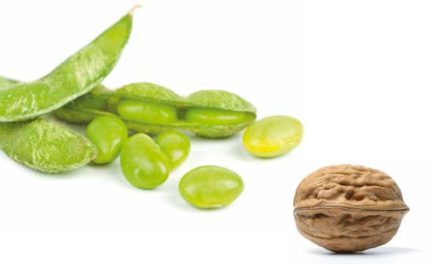Tea Polyphenols in Promotion of Human Health
Naghma Khan * and Hasan Mukhtar
4385 Medical Sciences Center, 1300 University Ave, Dept. of Dermatology, University of Wisconsin-Madison, Madison, WI 53706, USA; hmukhtar@dermatology.wisc.edu
* Correspondence: nkhan@dermatology.wisc.edu; Tel.: +1-608-2635519
Abstract
Tea is the most widely used beverage worldwide. Japanese and Chinese people have been drinking tea for centuries and in Asia, it is the most consumed beverage besides water. It is a rich source of pharmacologically active molecules which have been implicated to provide diverse health benefits. The three major forms of tea are green, black and oolong tea based on the degree of fermentation. The composition of tea differs with the species, season, leaves, climate, and horticultural practices. Polyphenols are the major active compounds present in teas. The catechins are the major polyphenolic compounds in green tea, which include epigallocatechin-3-gallate (EGCG), epigallocatechin, epicatechin-3-gallate and epicatechin, gallocatechins and gallocatechin gallate. EGCG is the predominant and most studied catechin in green tea. There are numerous evidences from cell culture and animal studies that tea polyphenols have beneficial effects against several pathological diseases including cancer, diabetes and cardiovascular diseases. The polyphenolic compounds present in black tea include theaflavins and thearubigins. In this review article, we will summarize recent studies documenting the role of tea polyphenols in the prevention of cancer, diabetes, cardiovascular and neurological diseases.
(…)
Keywords
cancer; EGCG; diseases; green tea; tea polyphenols








